Yoga Alliance’s US-accredited 200 hour Yoga Teacher Training in Rishikesh is highly suitable for beginners, enthusiasts, healers, and experienced yoga teachers who want to enhance their healing, yoga, and wellness skills after visiting our wellness sanctuary.
This yoga teaching certification is for all who wish to experience professional traditional yoga training in Rishikesh, have an ashram experience for spiritual growth and are zealous about becoming registered yoga teachers.
Our yoga 200 hour training follows Yoga Alliance US standards and guidelines. However, we also provide quality multi-style Hatha, Yin, Yang, and Ashtanga yoga teaching with 200 hour yoga teacher training in Rishikesh.
We emphasize yoga practices and healing techniques during our teacher training in Rishikesh. It is quite a unique experience to stay in nature and practice yoga with healing practices.
After 200 hour Yoga Teacher Training in Rishikesh with hundreds and thousands of yoga enthusiasts from all around the world, we are proud to say that our yoga courses stand out as :
Yog Niketan Dham is a serene yoga healing sanctuary that delivers the ancient Gurukul Vedic education and aims to welcome the entire globe with the spirit of Vasudhaiva Kutumbakam, "The World is One Family."
To become an RYS 200 (Registered Yoga School), after completing yoga 200-hour training, we offer each student a yoga teaching certification that enables them to register with Yoga Alliance.
During yoga 200 hour training, we focus on quality teaching and provide vast knowledge about Ayurveda, Pranic healing, Jin Shin Jyutsu, Reiki, etc.
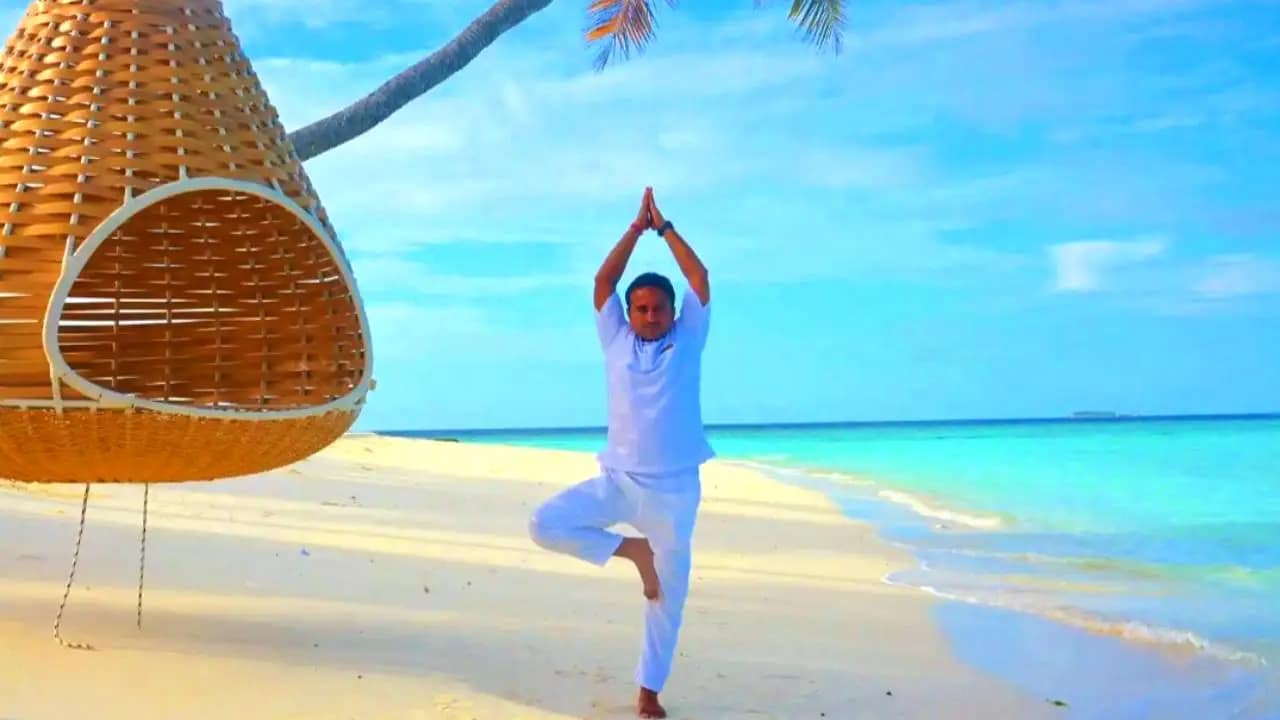
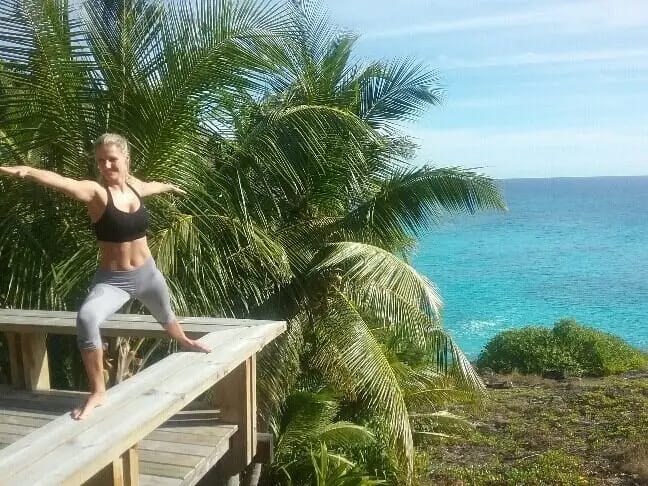
A 200-hour yoga teacher training program is a spiritual retreat program that allows you to dive deeper into the spiritual world for self-analysis.
It combines nearly 150 asanas (by their names), pranayamas with proper uses, bandhas, shat karmas, mudras, a variety of meditation, mantras, and healings with an intensive knowledge of structuring a yoga class.
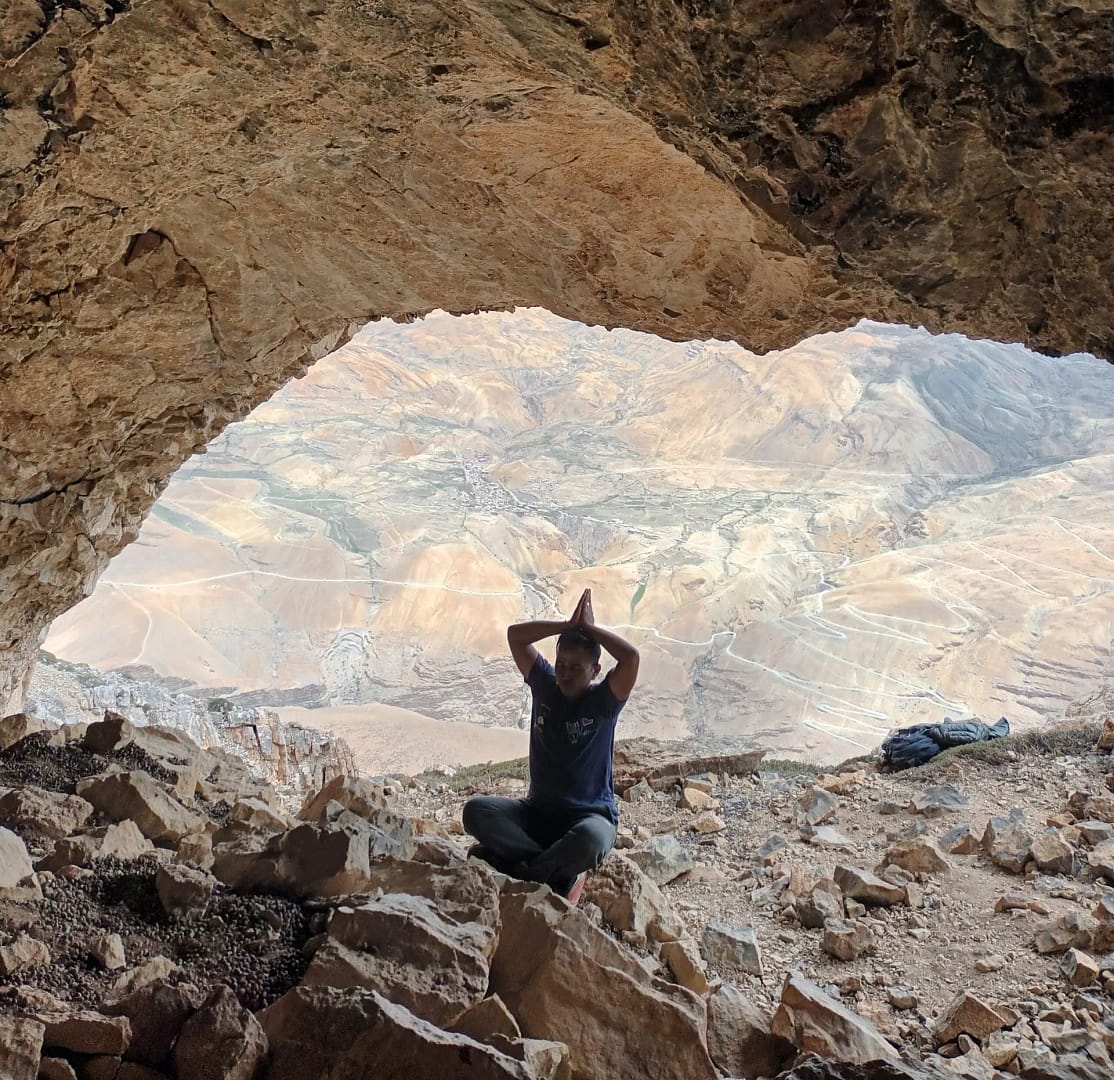
On a daily basis, our sessions have a combination of mantra chanting, Asanas practice, breathwork, lockings, and gestures, followed by Savasana in Yoga Nidra.
We guide our students to assist others with their yogic wisdom for healing purposes and who are eager to learn yoga education for their well-being.
This Yoga Alliance accredited 200 hour Yoga Teacher Training in Rishikesh has been designed for yoga practitioners who want to achieve professional yoga teacher training in Rishikesh, India, for personal sadhana or to become a registered Yoga teacher.

200 hour yoga teacher training course in Rishikesh, combines asana training with an intensive knowledge of proper alignment, pop-ups, meditation, Yoga philosophy, Kundalini, and breathing techniques.
To be as an RYS 200 (Registered Yoga School) accredited with Yoga Alliance the US, Yog Niketan Dham offers Yoga Alliance RYT 200 completion certificate to each student after the successful completion of 200 hour yoga teacher training in India.
Our students might use this certificate to work as a Registered Yoga Teacher anywhere or as mentors in their yoga studios.
We facilitate the most traditional and authentic yoga healing teachings to our students during yoga 200 hour training.
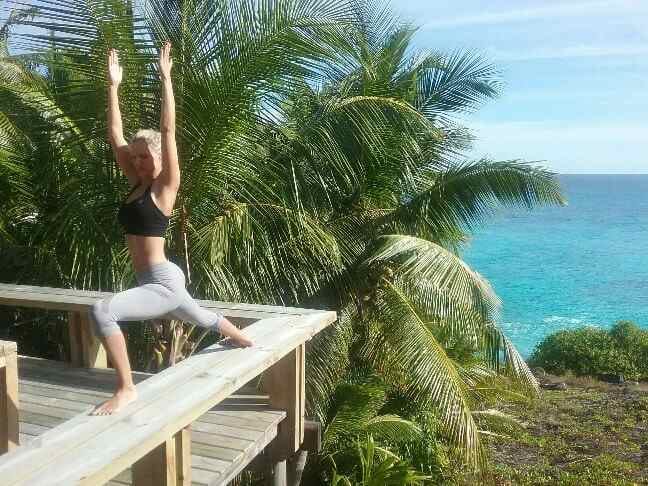
All our students receive a Yoga Alliance, US 200 hour Yoga teaching certification. We simply polish their yoga skills with proper observation.
We have a dedicated team of well-trained, reputable, and highly revered experienced yoga teachers in India who deliever their expertization to daily yoga classes.
To become a yoga teacher when you step in teaching world, we guide you in the teaching methodologies. We prefer small batches size of classes for our students to have personal attention to all.
We provide all the information how to setup your own yoga studio with all equipments information and how to setup them in proper directions.
Auspicious yoga wisdom with traditional practices like healing practices, different therapies, Pilates, and Ayurveda principles.
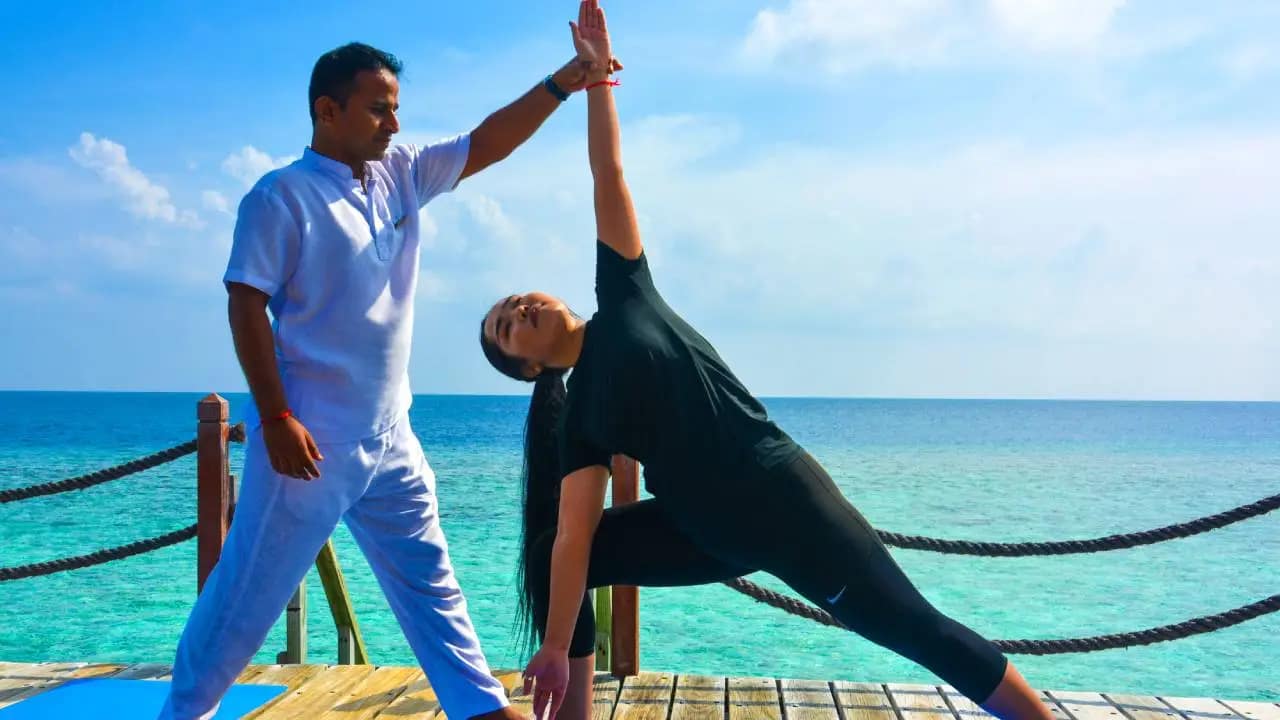
| Timing | Session | |
|---|---|---|
|
6:00 am |
: |
Wake-Up |
|
6:30 am -7:00 am |
: |
Shatkarma / Pranayama |
|
7:00 am – 8:30 am |
: |
Hatha yoga/ alignment sessions |
|
8:30 am – 9:30 am |
: |
Breakfast |
|
10:00am – 11:00 am |
: |
Yoga Anatomy/ Teaching practice |
|
11:00am – 12:00 pm |
: |
Adjustment and pop-ups class |
|
12:00 pm – 2:30 pm |
: |
Lunch/ Free time |
|
2:30 pm – 3:30 pm |
: |
Yoga philosophy/ literature class |
|
4:00 pm – 5:30 pm |
: |
Ashtanga yoga/ kundalini yoga/ pilates |
|
5:30 pm – 6:30 pm |
: |
Mantra chanting /self-healing/meditation |
|
7:30 pm- 8:00 pm |
: |
Dinner |
|
9:00 pm |
: |
Lights Off |
Yoga is known to have originated in Rishikesh, Garhwal Himalayas, a few thousand years ago, where the ancient sages practised and preached this art of living for spiritual objectives.
Since ancient times, Rishikesh has been established as the world’s yoga capital. Every year, hundreds of practitioners visit to enhance their yogic wisdom with 200 hour yoga teacher training in rishikesh.
Devprayag, a quaint spiritual town next to Rishikesh, enjoys a pristine location on the foothills of the majestic Himalayas and the banks of the Ganges.
We offer yoga sessions in different locations around the ashram. Dev Prayag is known for merging two rivers, Bhagirathi and Alaknanda.
Location: Devprayag, India
Location: Devprayag, India
Location: Devprayag, India
Location: Devprayag, India
Location: Devprayag, India
Location: Devprayag, India
Location: Devprayag, India
Location: Devprayag, India
Location: Devprayag, India
Location: Devprayag, India
Location: Devprayag, India
Location: Devprayag, India